Spotlight vs. Floodlight: Which One is Best for Your Needs?
When choosing outdoor lighting, understanding the primary difference between a spotlight vs. floodlight is essential. Both are commonly used for outdoor lighting, but their functions differ significantly. Spotlights provide a focused beam to highlight specific features, while floodlights offer broad illumination to cover a large area. Whether for landscape lighting, security, or architectural lighting, selecting the right fixture ensures optimal illumination for your needs.
What Is a Floodlight?

A flood light is a high-intensity fixture that emits a wide beam of light, usually between 100 to 120 degrees. It is designed for general lighting and is commonly used in parking lots, sports fields, and building facades. Floodlights are ideal for areas requiring broad illumination and enhanced visibility. They are also widely used in rescue vehicles and off-road settings where a large coverage area is needed. Flood beam patterns ensure that these lights distribute illumination evenly across large spaces, making them ideal for outdoor applications that require enhanced visibility at night.
Best Uses for Floodlights
- Home Security: Motion-activated LED lights enhance safety.
- Commercial Areas: Used in parking lots and stadiums.
- Outdoor Workspaces: Provides broad illumination for job sites.
- Sports Fields: Ensures clear visibility for night games.
- Architectural Lighting: Highlights building facades and large structures.
Pros and Cons of Floodlights

Pros:
✔ Covers a large area with a wide beam
✔ Available in LED lighting solutions for energy efficiency
✔ Ideal for general lighting and security
Cons:
✘ Consumes more energy than spotlights
✘ Can cause glare if not positioned properly
What Is a Spotlight?

Image courtesy of Ring
Spotlights are commonly used in landscape lighting, stage performances, and security applications. They are also a popular choice for off-road driving when paired with LED light bars. These lights help in drawing attention to key focal points while minimizing unnecessary light spill. spot light is designed to emit a focused beam with a narrow beam angle, typically between 10 to 45 degrees. This narrow beam concentrates light on specific features, making it ideal for accent lighting. Spotlights are commonly used in landscape lighting, architectural lighting, and off-road applications such as LED light bars on vehicles.
Best Uses for Spotlights
- Landscape Spotlights: Draw attention to trees, statues, or pathways.
- Security Lighting: Used to illuminate small areas like doorways.
- Architectural Lighting: Highlights specific features on buildings.
- Off-Road Vehicles: Used in LED light bars for better road visibility.
- Stage and Event Lighting: Focuses on performers or important areas.
Pros and Cons of Spotlights

Pros:
✔ Provides a focused beam with narrow beam angle
✔ Highlights specific features without excessive light spill
✔ Uses less energy than floodlights
Cons:
✘ Limited coverage area
✘ Not suitable for broad illumination
Floodlights vs. Spotlights- Key Differences
Understanding the differences between floodlights and spotlights is crucial for selecting the right lighting for your needs. These two lighting types differ in terms of beam angle, coverage, energy consumption, and applications. Below is a detailed breakdown of how they compare:
Beam Angle and Coverage Area- Floodlights emit a broad beam (100–120 degrees), ensuring wide coverage for illuminating large spaces such as driveways, stadiums, and parking lots.
- Spotlights produce a narrow beam (10–45 degrees), concentrating light on specific features like sculptures, trees, and signs, making them ideal for accent lighting.
- Floodlights are designed for general lighting, security, and large outdoor areas, making them perfect for commercial spaces, sports fields, and parking lots.
- Spotlights are used for highlighting specific objects, such as in landscaping, architectural lighting, and stage performances, where precise illumination is needed.
- LED floodlights tend to consume more power due to their wider beam angle, covering more area but using higher wattage.
- LED spotlights are more energy-efficient when illuminating specific objects, as they focus light without excessive light dispersion.
- Choose floodlights if you need broad illumination for security purposes, large properties, or workspaces.
- Choose spotlights if you want to highlight specific areas for decorative or directional lighting.
Choosing Between a Spotlight and a Floodlight
Selecting the right outdoor lighting depends on your specific needs—whether you want to illuminate a large area or highlight a particular feature.
When to Choose Floodlights
✔ You need to illuminate a large area.
✔ You want broad illumination for safety or security.
✔ You require outdoor lighting for parking lots, sports fields, or building facades.
✔ You want to improve visibility for work areas or public spaces.
When to Choose Spotlights
✔ You need to highlight specific features.
✔ You want a focused light for landscape lighting or architectural details.
✔ You require outdoor applications for off-road or vehicle lighting.
✔ You want dramatic lighting effects for events or displays.
Energy Efficiency & Cost Considerations
Energy efficiency is a key factor when choosing between spotlights and floodlights. Advancements in LED technology and solar power have made outdoor lighting more cost-effective and environmentally friendly.
- LED floodlights and spotlights are the most energy-efficient, reducing electricity costs while providing excellent brightness.
- Solar-powered floodlights are a great option for outdoor security, eliminating energy costs while ensuring continuous illumination. Explore solar-powered lighting options.
- Spotlights generally use less power due to their narrow beam, making them a more energy-efficient choice for highlighting specific areas.
Home Security: Which One Works Best?
The right lighting setup can significantly enhance your home security by deterring intruders and improving surveillance.
- Floodlights provide wide coverage, making them ideal for deterring trespassers in open areas like driveways, backyards, and entryways.
- Spotlights work well for targeted security, such as illuminating front doors, alleyways, or pathways.
- Combination setups (floodlight + spotlight) provide maximum protection, ensuring that both broad areas and key entry points are covered.
- Smart options: Many motion-sensor floodlights integrate with security cameras for enhanced monitoring. Check out smart camera integrations or compare top solar-powered security cameras.
Choosing the Right Light for Your Setup
The best lighting choice depends on your specific use case. Below are some recommendations based on different needs.
For Homeowners- Best for driveways, backyards: Floodlights offer wide coverage, making them ideal for large outdoor spaces.
- Best for highlighting garden features: Spotlights provide a focused beam to accentuate landscaping elements like trees, fountains, or statues.
- Floodlights with motion detection are best for intrusion prevention, instantly illuminating a large area when movement is detected.
- Spotlights with a camera can enhance surveillance by focusing on entry points like front doors, garages, or side gates.
FAQ
What is the main difference between a floodlight and a spotlight?
A floodlight provides a wide beam for general lighting, while a spotlight focuses a narrow beam on specific features.
Are LED floodlights better than halogen ones?
Yes, LED lights are more energy efficient, last longer, and generate less heat.
Can I use floodlights and spotlights together?
Yes, combining them enhances coverage area and illumination.
Are spotlights good for security?
Yes, they provide focused light for doorways and pathways.


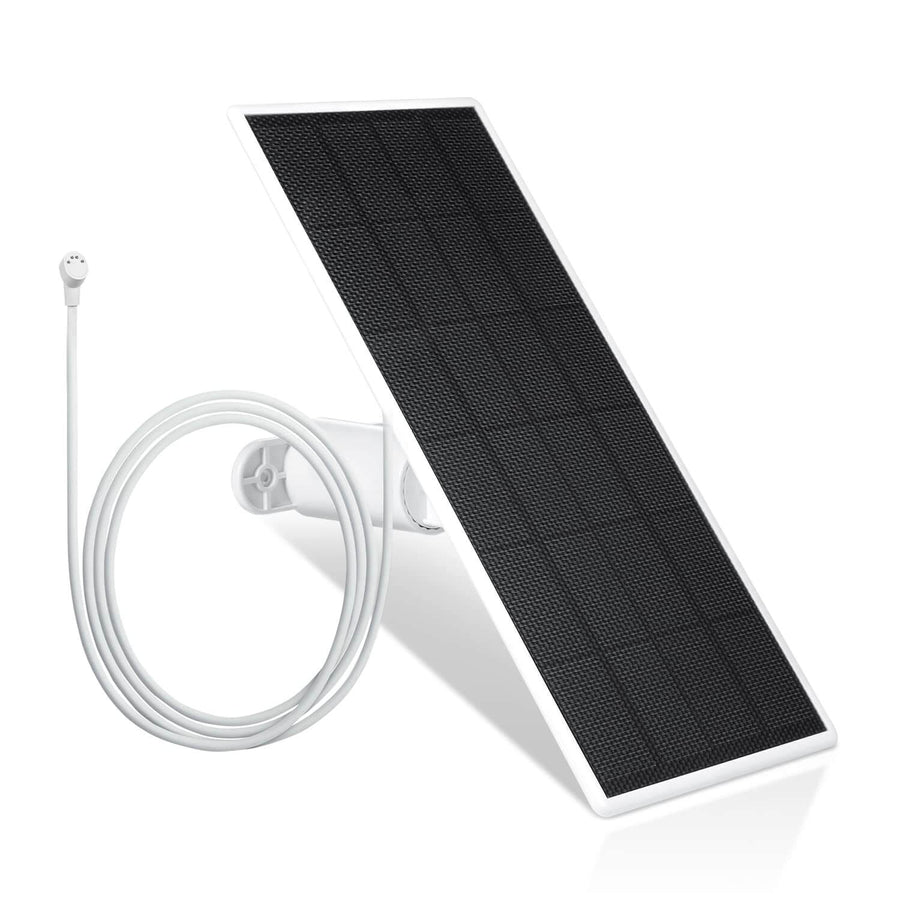
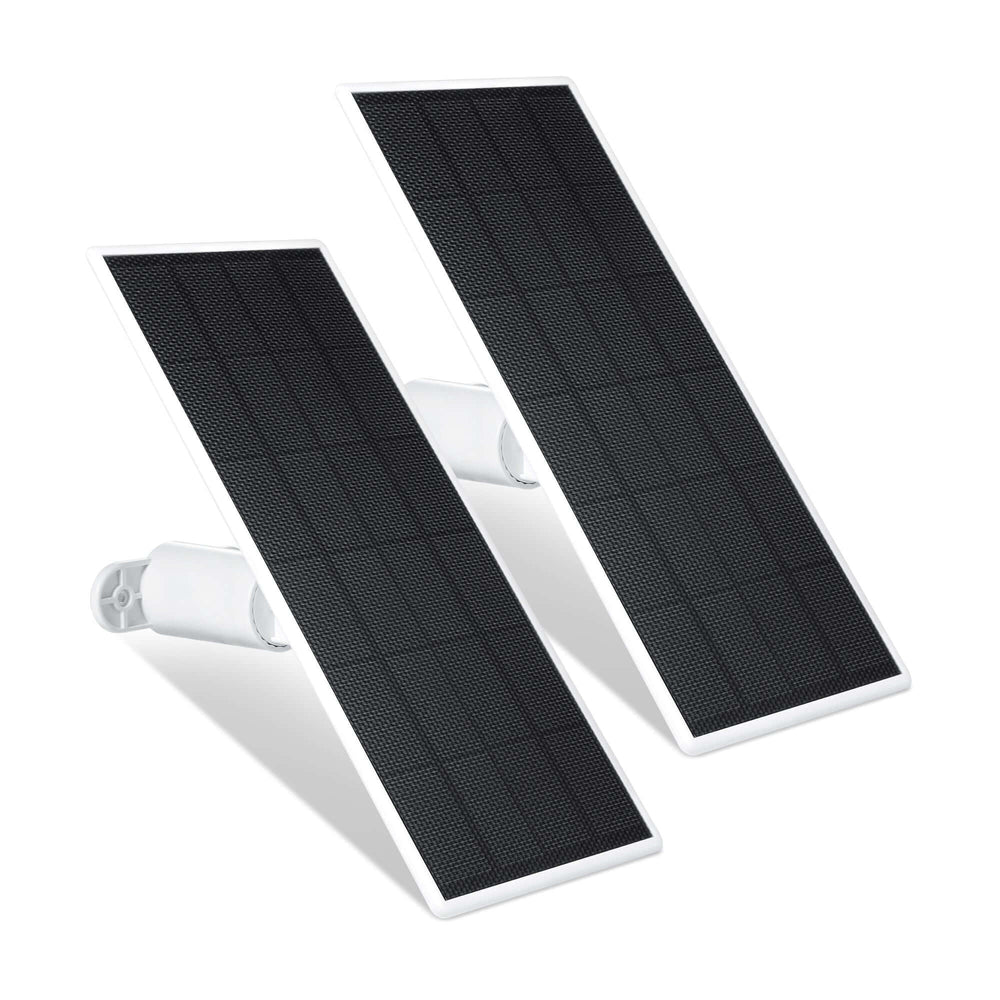
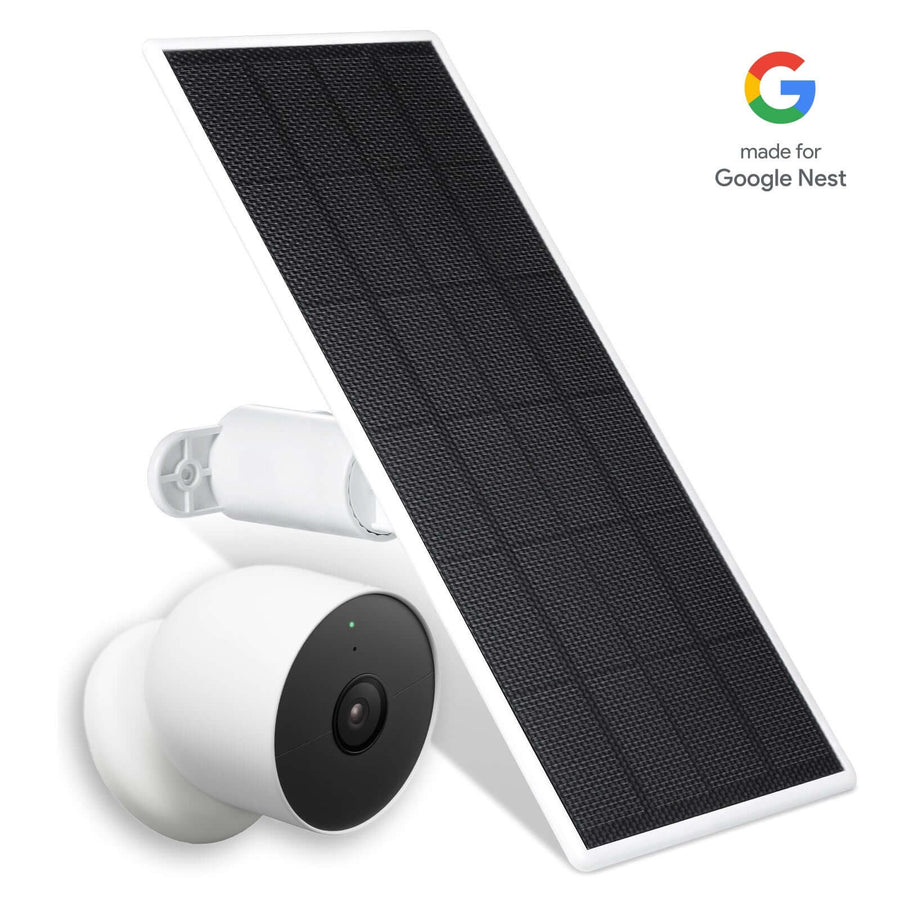
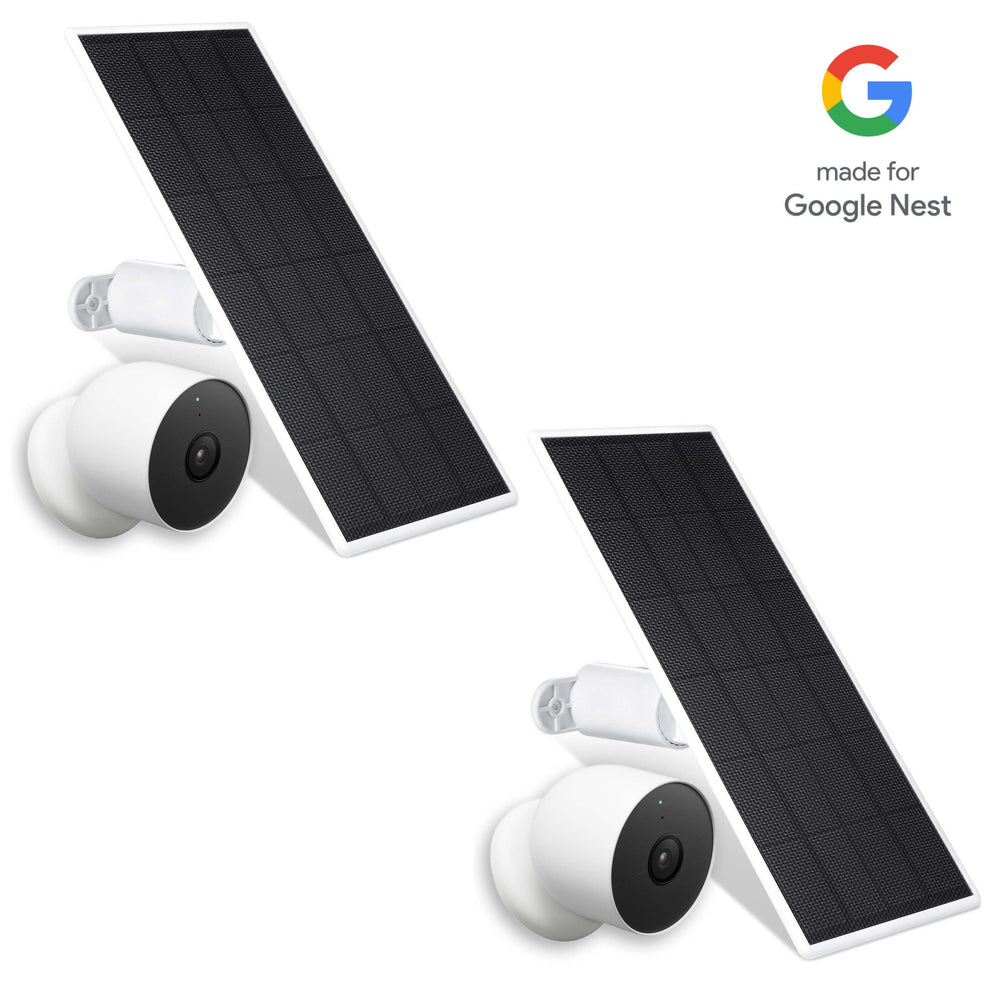
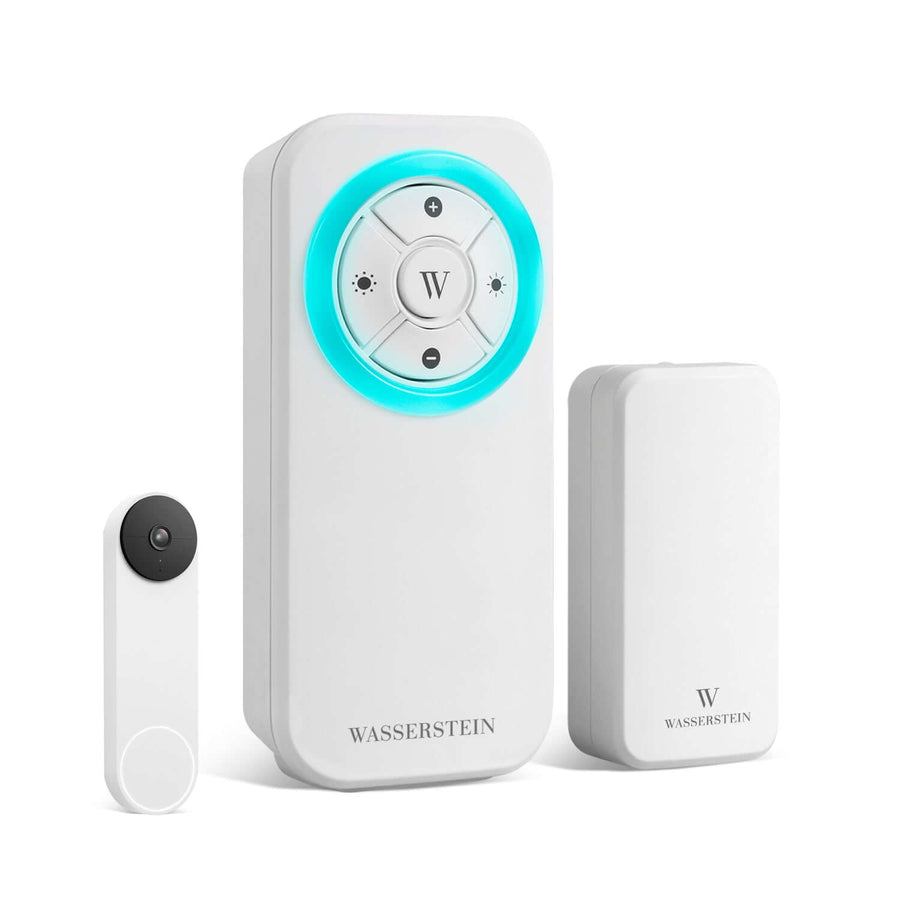
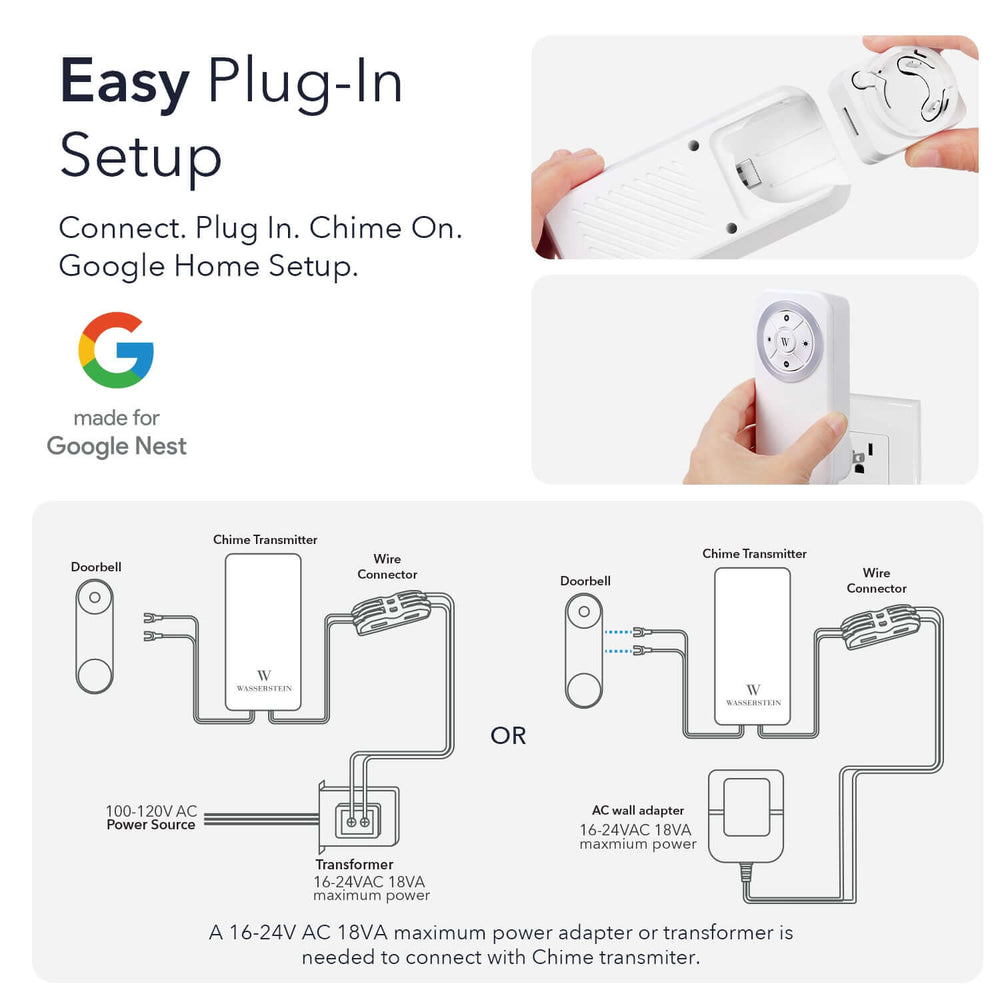
Leave a comment